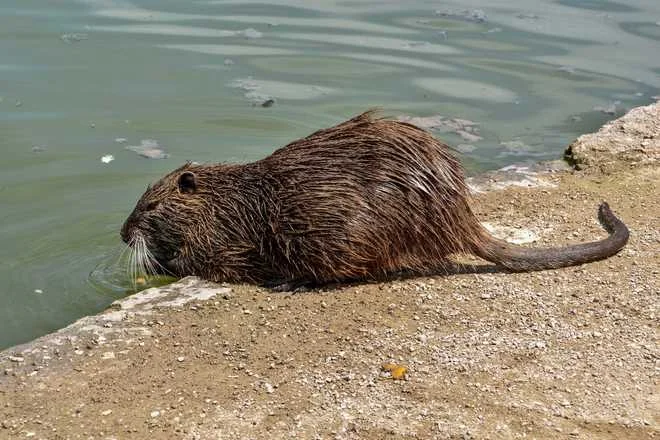
Nutria Detection Dogs Deployed in California Delta to Combat Invasive Species
In an ongoing effort to manage the invasive nutria population, California's Department of Fish and Wildlife has introduced a specialized team of detection dogs to the Delta region. These highly trained canines are part of a strategic initiative to locate and eradicate the destructive rodents, which pose a significant threat to the local ecosystem.
The nutria, known scientifically as Myocastor coypus, are large, semi-aquatic rodents originally from South America. They were introduced to the U.S. for their fur in the 19th century but have since become a problematic invasive species. In the California Delta, nutria damage wetlands, agricultural lands, and levees, causing millions of dollars in damage annually.
The detection dogs, trained to sniff out nutria, are a crucial component of the state's eradication program. These dogs can cover large areas quickly and effectively, identifying nutria burrows and signs of their presence that might be missed by human surveyors. Once located, wildlife officials can then take targeted action to remove the rodents.
This initiative is part of a broader effort to protect California's valuable natural resources. The Department of Fish and Wildlife emphasizes the importance of early detection and rapid response to prevent the further spread of nutria. The use of detection dogs represents a proactive approach to managing this environmental challenge.